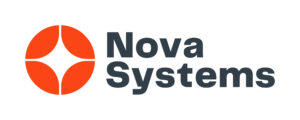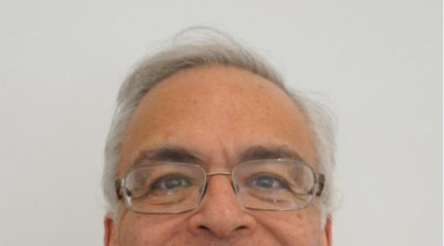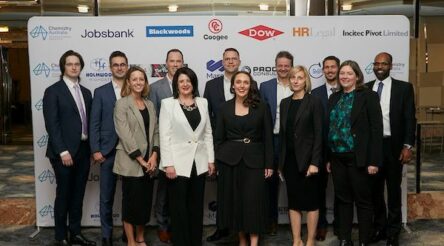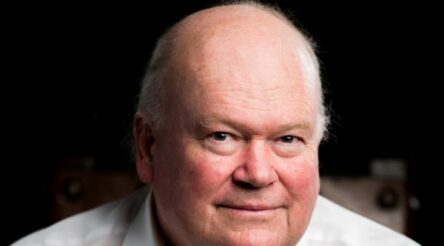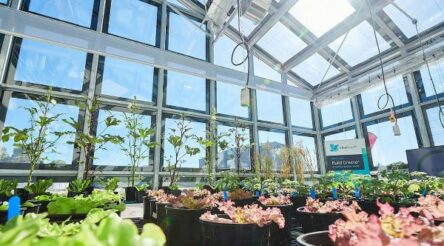Celebrating Australian sovereign capability — the local leader in the advanced air mobility race
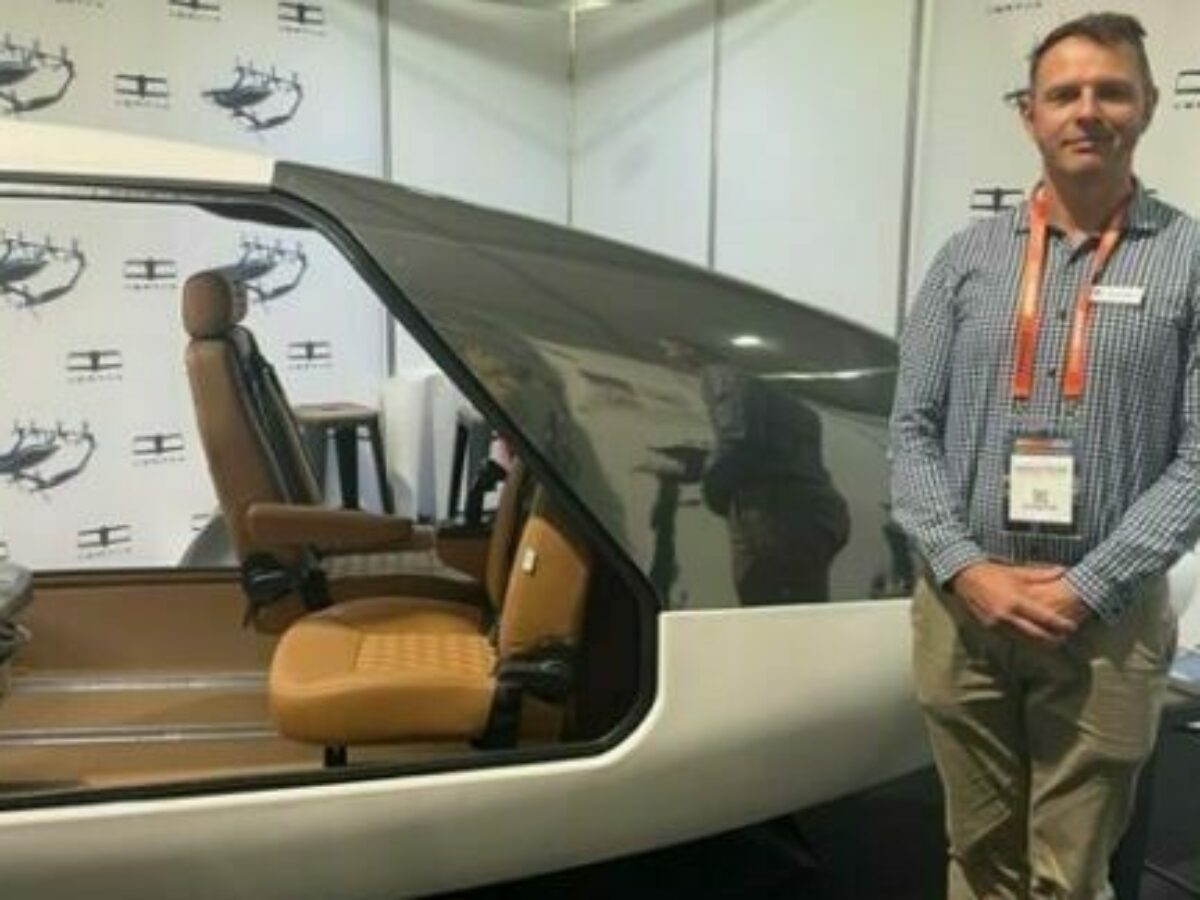
Today in our Celebrating Australian sovereign capability editorial series we look at advanced air mobility manufacturer AMSL Aero, which recently achieved its maiden flight. Brent Balinski speaks to co-founder and CEO Andrew Moore about their progress so far, the potential of electric aviation, and the importance of companies making final products in Australia.
There are maybe 200 companies around the world working to commercialise passenger eVTOL (electric vertical takeoff and landing) aircraft.
Some speculate these upstarts could one day disrupt helicopters, for reasons including price and safety advantages.
Andrew Moore — whose CV includes engineer at the Royal Australian Navy and chief engineer developing a five-seat helicopter at Yamaha Motor Australia — says his company’s eVTOL offers an order of magnitude cost reduction versus helicopters.
Last month AMSL Aero achieved the first ever flight by an Australian-built large eVTOL aircraft, a tethered hover in Central West NSW.
According to the company, its Vertiia craft has a cruising speed of 300 kilometres per hour, with a range of 240 kilometres on lithium ion batteries and potentially 1,000 kilometres using hydrogen fuel cells. It can ascend like a helicopter and fly horizontally like a plane.
AMSL was co-founded by Moore and Siobhan Lyndon in 2017, focussing on an Australian need currently met by overseas companies: the need for air ambulances in a sparsely-populated nation.
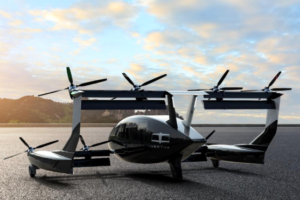
Credit AMSL Aero
“[It’s] today met by manufacturers based in places like Wichita or Switzerland or northern Italy, and Australia is a keystone market for three foreign companies who tailor their product around what Australia needs, and then use that as their launching pad to the rest of the world,” Moore tells @AuManufacturing.
“So from that standpoint, it should make sense that an Australian company that is designing the right thing for that application to then leapfrog into the world.”
In the early days of eVTOL adoption, he reasons, if they can expertly serve the light air ambulance market and then long-range market, “we’ll win in all the other use cases.” AMSL is aiming for its first commercial sales in 2026.
To get this far it has made use of a surprising amount of Australian suppliers, such as Quickstep, CST Composites, and Innovation Composites for airframe components.
SIL3D, located “in Pakenham of all places,” is building high-integrity control systems for the Vertiia, with other contributors including APD for power electronics and 3ME contributing “battery pack innovations… There’s a broad range of different companies in different technologies to bring it all together.”
The depth of the plane’s Australianness goes back further still, with its design inspired by Lawrence Hargrave’s famous box kites, which first flew at Stanwell Park, NSW in 1894.
Moore adds that he is in talks with Australian companies about electric motors, which are currently imported.
He speaks positively about the availability of engineering talent locally, as well as the potential to grow an industry through the e-aviation.
It is an industry valuing quality over volumes, as well as a potential disruptor.
“Any time there is a disruptor to the market it upsets the status quo and allows new entrants to get a foothold,” Moore believes.
As we speak in a cabin mockup of one of the company’s air ambulances at the recent Avalon airshow, during a conversation where sovereign capability features heavily, we ask Moore if there’s an issue that’s not getting the attention it deserves.
He nominates the importance of making final products – such as aircraft and cars – in Australia, rather than just aiming to participate within global supply chains.
“An Australian company making a seatbelt has very little chance of getting its seatbelt into an aircraft that’s manufactured in Europe or the United States. But an Australian manufacturer will use a seatbelt manufacturer because the supply chain is easier, it’s easier to manage the engineering and the design and the technical side of things,” says Moore.
“So we really need it to be brought to the forefront that you need the end product. So you need to make the finished aircraft, designed, built, integrated in Australia. You need to have the finished vehicle designed, built, assembled, everything in Australia.
“Because without that, the supporting supply chains collapse. And that’s a really important thing. And that’s something where there’s a reason why most manufacturers around the world get all sorts of interesting subsidies from their government to support them and keep them going. In this country we don’t need subsidies, we just need a bit of help with investment.”
You can listen to the full conversation in episode 51 of @AuManufacturing Conversations with Brent Balinski below, or wherever you download your favourite podcasts.
Episode guide
0:26 – Career and the AMSL story. “I think I always wanted to design and build airplanes. So I did. Eventually.”
1:46 – The potential to radically change transport and the provision of medical services.
2:40 – Some of the Australian companies AMSL is working with, including Quickstep, CST Composites, SIL3 and others.
4:47 – Sourcing and retaining the necessary engineers for what they’re doing. Getting the right mix of energy and experience.
6:25 – The path ahead to get to manufacturing. Working with component suppliers considering scaling from low to higher rates of production. “We can’t afford to over-invest in automating the manufacturing before we get the first aircraft out. So it really needs to be a staged approach, and an iterative approach.”
8:24 – A thing they have focussed on since day one.
10:46 – The opportunities of electrified aviation for consumers and manufacturers.
12:10 – the big issue is OEMs.
Further reading
AUSTRALIA AND THE FUTURE OF MOVING, MAKING AND COMPUTING
AMSL AERO RAISES $23 MILLION IN SERIES B
$18 MILLION AWARDED UNDER FIRST ROUND OF NEW AVIATION GRANT PROGRAM
HYDROGEN STORAGE, ELECTRIC AIR TRANSPORT, PLANT-BASED PROTEIN AMONG $47 M CRC GRANTS
@AuManufacturing’s editorial series – Celebrating Australian sovereign capability – is brought to you with the support of Nova Systems and Titomic.
@aumanufacturing Sections
Analysis and Commentary Awards Defence Manufacturing News Podcast Technology Videos





